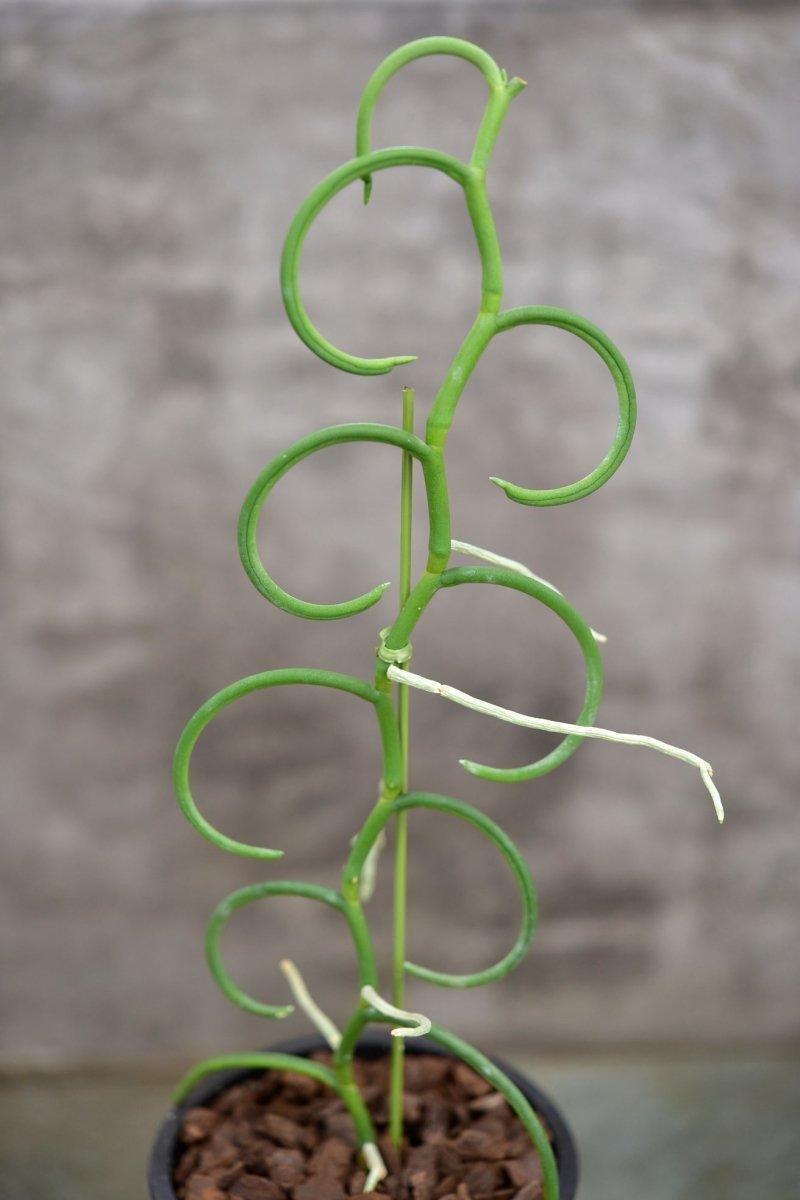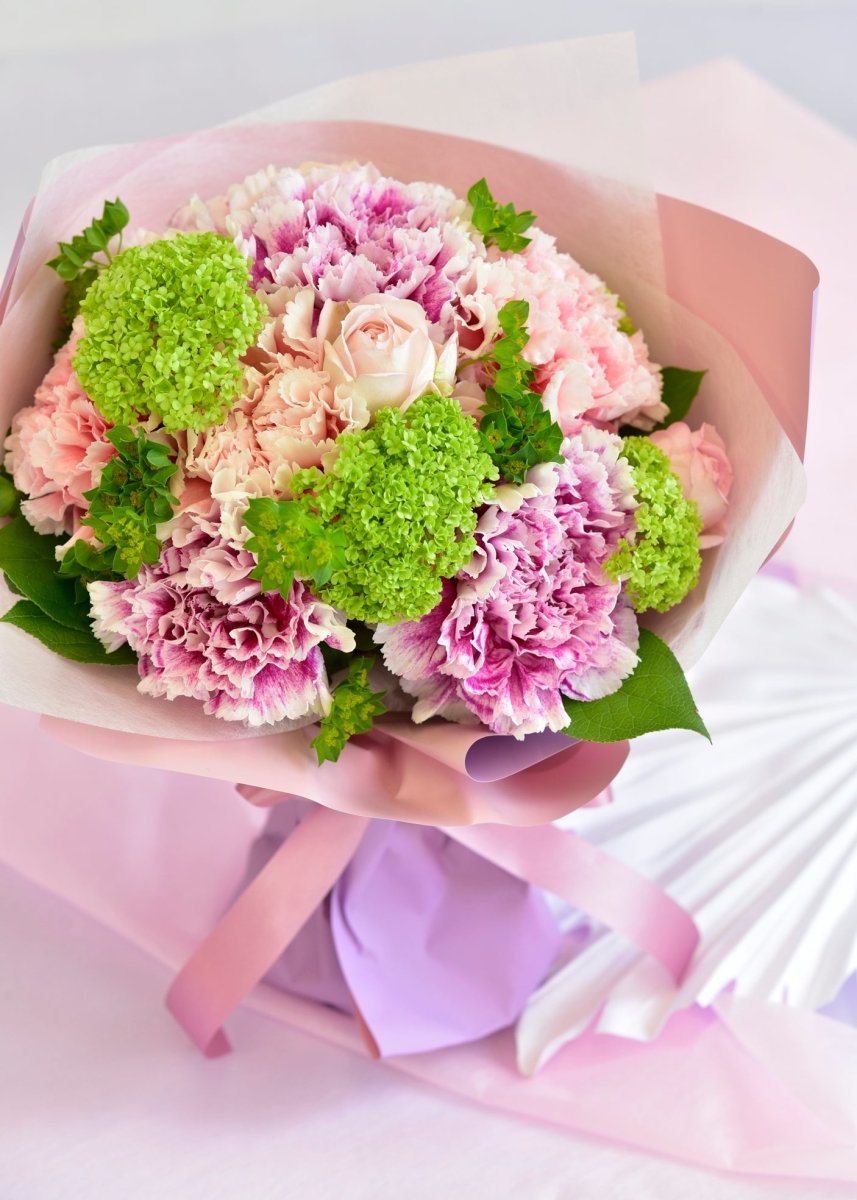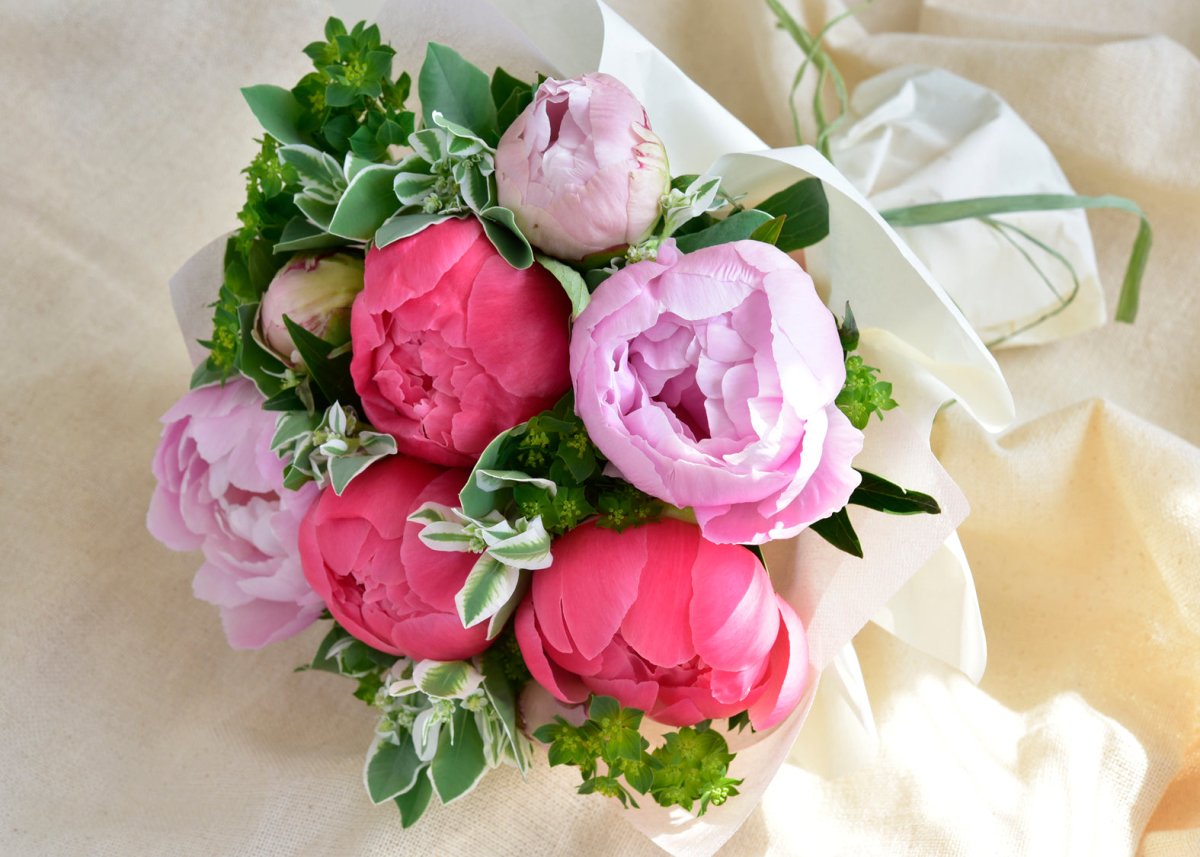
The world of progenitor and epiphytic orchids
In addition to the beauty of flowers, wild orchids and epiphytic orchids are also attracting attention as interior greens, such as wild stumps and long roots.
I think there is also an image that "orchids seem to be difficult to grow". However, when I learned about the ecology of plants in the Orchidaceae family, I was surprised to find that this was not the case.

Chiloschista parishii 'Supanburi'
Kiloshista Parisi ' Suphanburi'
Epiphytic orchids without leaves called leafless orchids. The roots also carry out photosynthesis and grow.
It has good flowering and produces 2-3 flower buds every year.
Orchidaceae is said to be the newest plant group to appear on Earth. However, when the orchid family appeared on the earth, most of the place was occupied by other plants. In order to survive, there are only limited places with bad conditions left, and in order to survive in such a harsh environment, we have evolved into a wide variety of forms. The stumps, leaves, and flowers that seem to have an unconventional shape have the necessary shape to survive and to leave seeds behind.

Papilionathe 'Olympics ring'
Papillionanse 'Olympic Ring'
A rare variety with curled leaves. It got its name because it looks like the Olympic rings. The stock appearance is also interesting, but you can also enjoy the flowers in winter.
Epiphytic orchids, which are rooted in trees and rocks, get moisture from rain and dry out when the sun shines. Plants of the orchid family that grow in harsh environments are very patient and easy to grow.
Please pick it up and enjoy the world of original species and epiphytic orchids, which are full of diversity.



